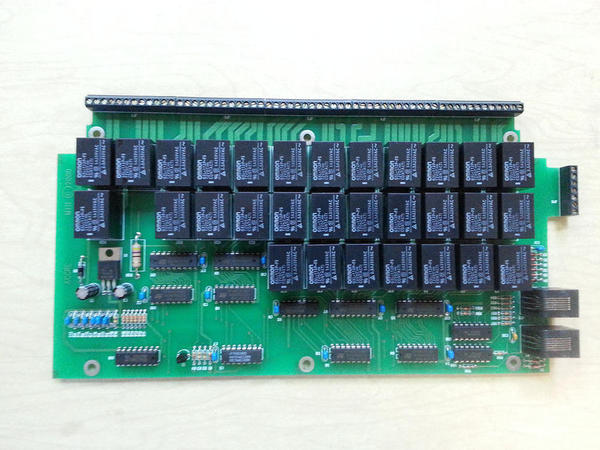I'm ordering an AIU, but I have some questions and concerns.
First, Lionel Fastrak switches work on the electrical switching principle of "SPDT Center off Momentary", or "(Mom)-Off-(Mom)". English translation: The manual switch included with all remote Fastrack switches are normally "Center Off", meaning that it impresses a signal in either direction only when the physical switch is pressed in one of the two directions.
When pressed in either the straight or turn direction, the switch is spring-loaded (quite obvious when you take the remote apart), in that when pressed and released, the track direction switches to the desired direction.
But, here's the key point (going WAY technical here), this is not a SPDT ("Single-Pole-Double-Throw") switch, and is more accurately described above: (Mom)-Off-(Mom). This means that the standard Lionel remote lever switch, is not as simple as it appears (though is VERY simple by mechanical design).
OK, so let's move on to the AIU. From what I've read everywhere (including Barry's book...a WONDERFUL resource), the AIU has 20 relays; 10 for Accessories (not relevant to this post), and 10 for switches.
To the best of my knowledge, these relay contacts produce a "SPDT" output ("Single-Throw-Double-Throw) output. For newbies, this translates as follows, speaking explicitly of the term "SPDT":
- "Single Pole": A single contact switch that changes voltage (or signal) from one contact to another. They are most popular with users who want to switch a single voltage or signal from one direction to another.
- "Double Throw": A two position switch that changes voltage (or signal) from one contact to another. By definition, there is no "Center Off" position, nor more than two positions (for example, not like your conventional ceiling fan that allows three positions of high-speed, medium speed, low speed, or off).
But, here's the kick; *if* {and it's a highly qualified "if" as I don't posses an AIU at this time} the AIU only has 20 relays, it would infer (but not exactly define) that the 10 relays connected to the switch ports are SPDT, which would present a significant problem with Lionel Fastrack switches. Why?
Because Lionel Fastrack switches expect/require a momentary trigger in the desired direction, and that the trigger must release before the train approaches. Note: User's without an MTH setup can confirm this affirmation by holding the remote of their Lionel Fastrack switch in the wrong position as the train approaches from the wrong position. Not a pretty sight.
Granted, it's possible that the AIU is incorrectly labeled has having 20 relays when in fact it might have 30 (to cover the condition for the switch outputs of having no specific direction). Or, though admittedly significantly less likely, the AIU might incorporate a very unique relay that is tri-state (three state; "On" in on direction, "Off", and "On" in the other direction. This type of relay would be not only very rare, but correspondingly expensive.
Last question but not worthy of another thread:
I cannot find any literature that defines the reasonable limitations of the AIU AUX output, specifically related to supplying track power to spurs (dead-end track for parking trains).
Granted, nobody knows the amperage of my trains and it's associated cars (like lighted passenger cars), but is there an absolute minimum answer? For example, can anyone say that the AIU contact current limit will handle *one* train, but no more?
Such an answer would be helpful to many I would think.








